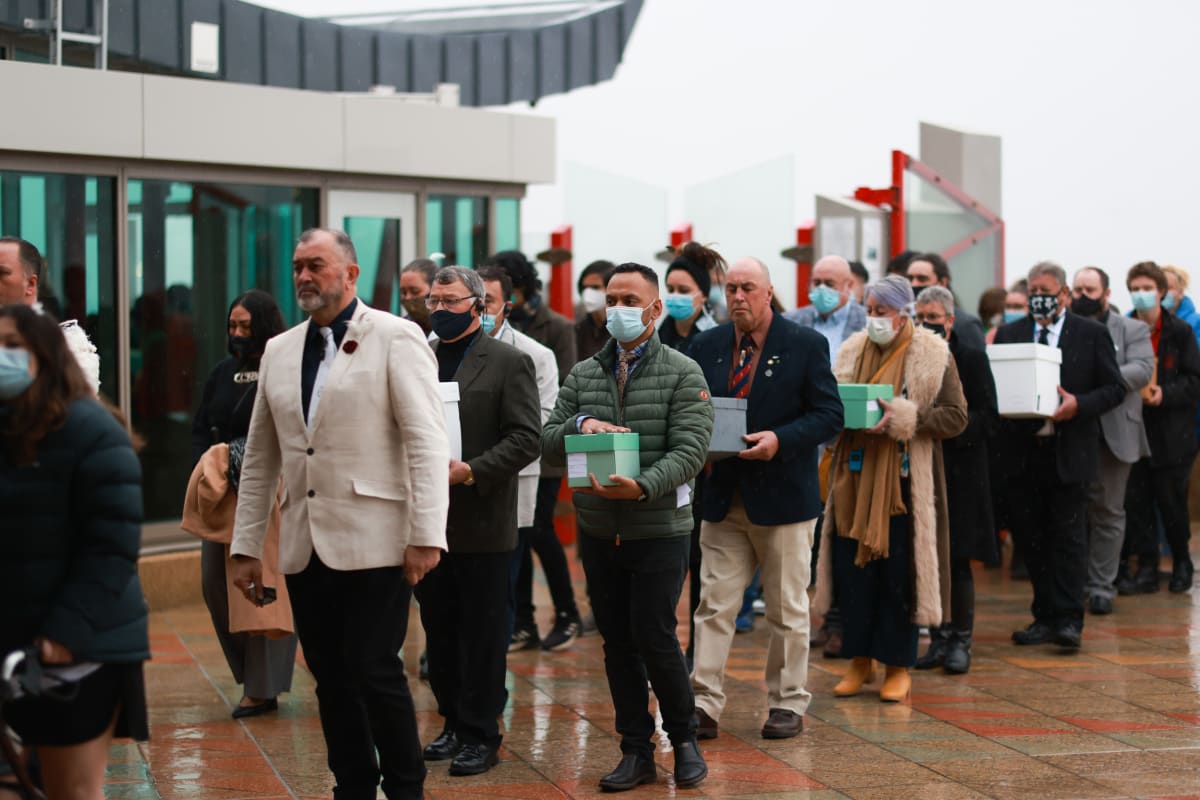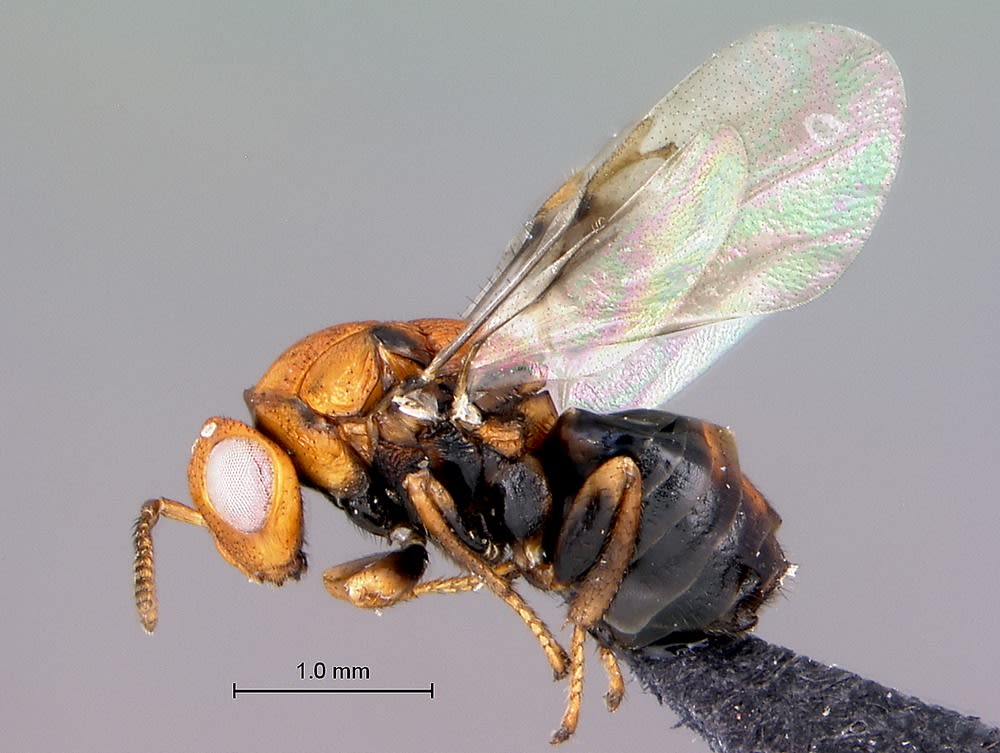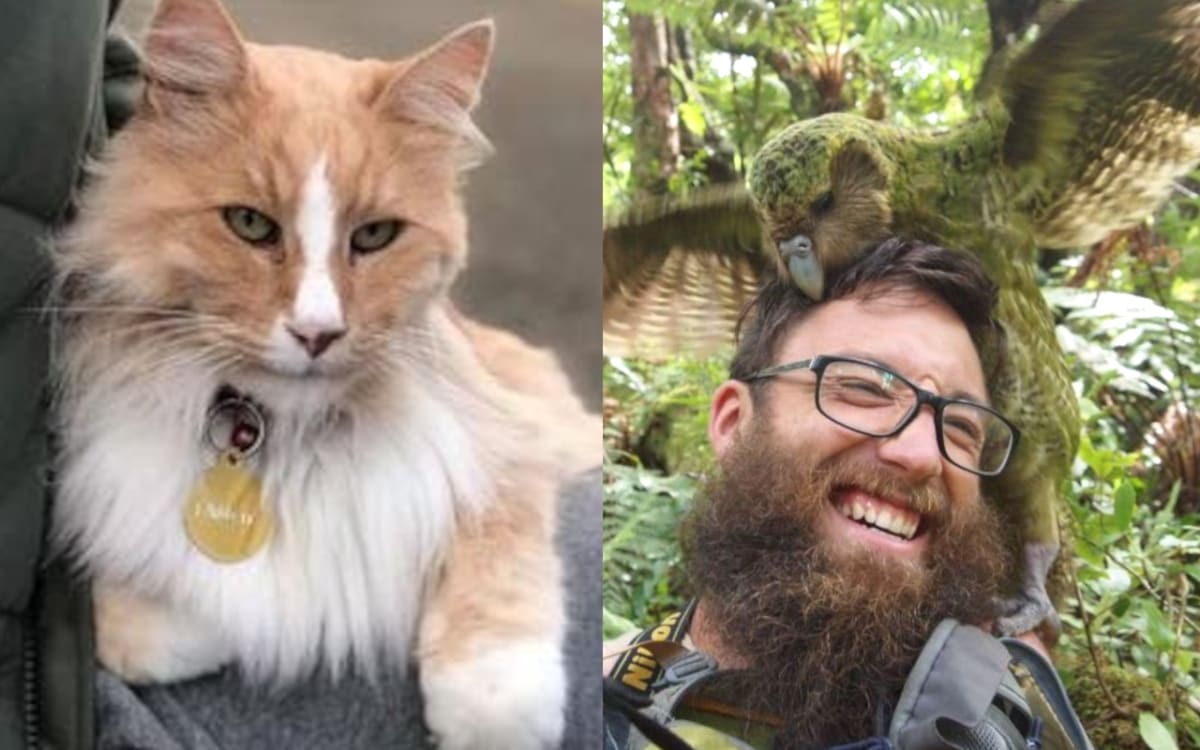
Every weekday, The Detail makes sense of the big news stories.
This week, we covered the work to repatriate Māori and Moriori remains from overseas museums, the tiny wasp that could be aiding our efforts to control an invasive weed, the phenomena known as spontaneous memorialisation that sees us leaving flowers for people we've never met, how the lockout at the Kawerau Mill is affecting the town, and catalogued four of our most famous animals deserving of being immortalised in bronze.
Whakarongo mai to any episodes you might have missed.
The evolution of museums - returning what was taken
Our national museum, Te Papa, is set to make a big announcement soon on a major repatriation from the Natural History Museum in Vienna.

It concludes a campaign iwi and hapū Māori have been running since the end of World War II.
It's all part of a project to search museums and private collections around the world for Māori and Moriori remains, identify their iwi, and bring them back. Since it began in 2003, between 700 and 800 skeletal remains and tā moko have been returned.
Museums are changing, with new policies on returning culturally significant items. Germany and France are at the forefront of efforts to give former colonies their treasures back. But Britain, the biggest power of all - not so much.
Alexia Russell spoke to Te Papa's acting head of repatriation Te Arikirangi Mamaku-Ironside and Auckland Museum's director of research and collections David Reeves.
War on weeds - could a wasp join the fight?
The Sydney golden wattle is native to south-east Australia. It was originally introduced to New Zealand in the late 19th Century for ornamental purposes.

But it's turned invasive and in a number of coastal areas and wetlands around the country, it's becoming a problem.
One way of controlling invasive species is to bring in yet another species which essentially preys on the thing you don't like - a technique called biological control.
And the control agent in this case? A tiny foreign wasp with the power to snuff out the wattle's reproductive powers.
Spontaneous memorialisation: Sharing our grief with the world
The death of Princess Diana 25 years ago and the mosque terror attack in Christchurch in 2019 have something strangely in common. It is the way the wider public reacted and mourned, a phenomena called spontaneous memorialisation.

Both tragic events united millions of mourners around the world, grieving the loss of people they never knew.
The person who died is a symbol for something else, says Susan Wardell who teaches social anthropology at the University of Otago.
Kawerau Mill strike: The cracks that can't be papered over
Sharon Brettkelly speaks to Kawerau mayor Malcolm Campbell and Kawerau Mill worker Bill George about the impact of the lockout at the toilet paper factory in the Bay of Plenty town, now in its fifth week and affecting 145 workers.
Both sides have been in talks to end the pay dispute that has dragged on for months but so far there is no resolution. The workers want a rise to match annual inflation of 7.3 percent, but the mill's Swedish owner Essity is offering 3 percent a year for the next three years plus a lump sum of $4,500.
The dispute has brought back bad memories in the town of the last big lockout in 1986 that lasted three months, which worries Campbell who has lived all his 69 years in the town he calls the kingdom of Kawerau.
Mittens, move over: Aotearoa's most iconic animals
Stop the presses: Mittens might be getting a statue on the Wellington waterfront.

If you're not familiar, Mittens is a Turkish Angora cat who lived in Wellington for many years before relocating to Auckland. He wandered the streets with gay abandon, broke into unsuspecting people's homes, and did so while possessing all the standard feline charms of being cute and fluffy.
But a statue? As neutral observers, The Detail canvasses the other deserving critter candidates for being immortalised in bronze: Inky the Octopus, Sirocco the Kākāpō, Happy Feet the Emperor Penguin, and Toa the Baby Orca.
Find out how to listen and subscribe to The Detail here.
You can also stay up-to-date by liking us on Facebook or following us on Twitter.







